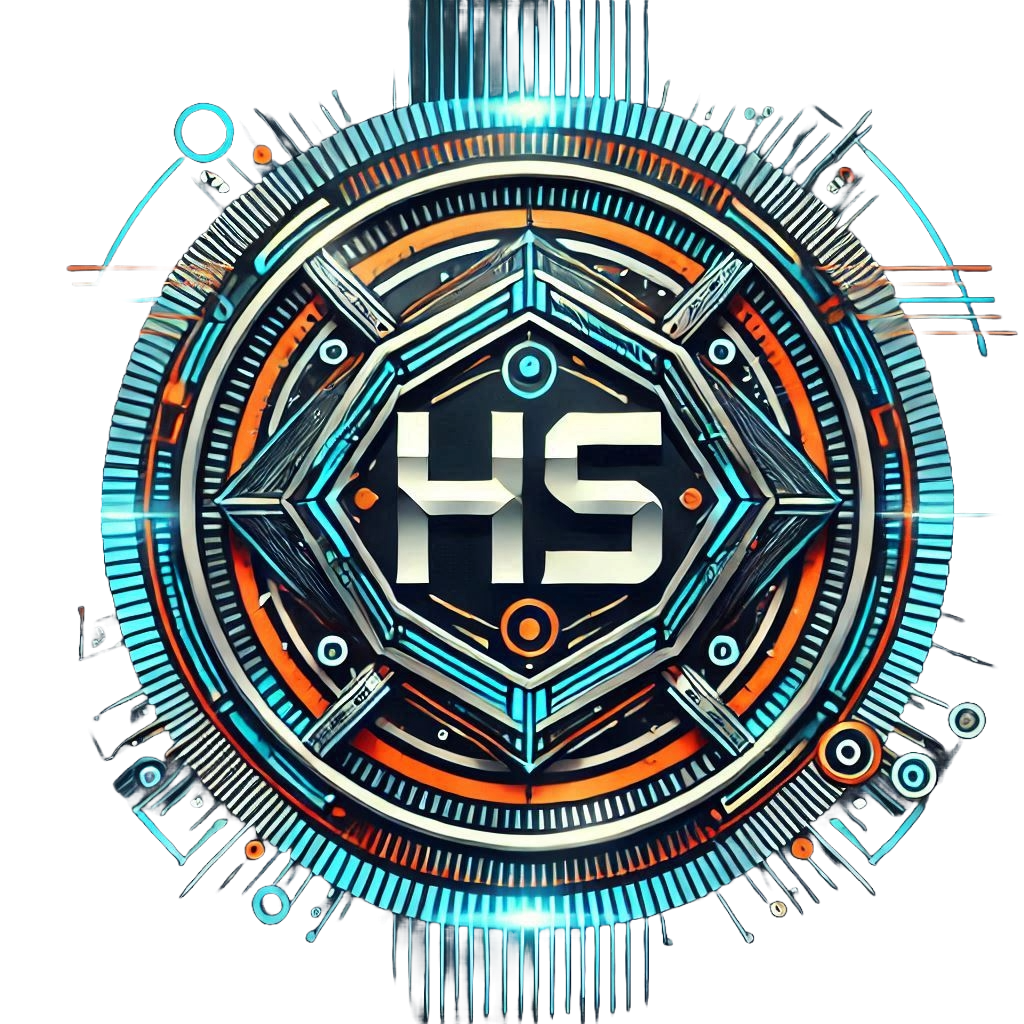The Inevitable Shift: Why Cybersecurity’s Future Belongs to Engineers, Not Analysts
The Vulnerability Tsunami: A Numbers Game
In the week of January 13, 2025, 585 new CVEs (Common Vulnerabilities and Exposures) were disclosed globally. To put this into perspective:
- That’s 83 vulnerabilities per day, or roughly 3 new threats every hour.
- By 2025, the annual CVE count is projected to exceed 28,000, doubling from 2022’s 14,000 (CVE Program).
At this scale, traditional cybersecurity practices—manual triage, human-led impact assessments, and siloed patching—are mathematically untenable. Even a team of 60 analysts would need to evaluate 10 CVEs per person daily, assuming 24/7 shifts. Add coordinating fixes across 1st-party code, third-party dependencies, and vendor appliances, and the system collapses under its own weight.
Big Tech’s Reality: Automation or Die
For hyperscalers like AWS, Azure, Google, and Meta, cybersecurity is no longer a “people problem”—it’s an engineering challenge.
Case in Point:
- AWS manages over 200 million active customer accounts and 1.45 exabytes of data daily (Amazon Q4 2024 Report).
- Microsoft Azure patches 4.6 million cloud instances weekly, with vulnerabilities impacting everything from Kubernetes clusters to IoT edge devices.
To survive, these companies deploy code-driven solutions:
- AI-Powered Triage: Machine learning models classify CVEs by severity, exploit likelihood, and business impact in seconds. For example, Google’s Project Zero uses NLP to auto-generate mitigation guidelines for 70% of critical vulnerabilities.
- Automated Remediation: Netflix’s security stack auto-patches 85% of low-risk CVEs in its microservices architecture, reducing human intervention by 40%.
- Unified Threat Tracking: Meta’s internal platform, ThreatCompass, correlates vulnerabilities across Instagram, WhatsApp, and Oculus ecosystems, prioritizing fixes based on real-time user data.
The New Cybersecurity Hierarchy: Engineers > Analysts
Big tech’s security teams now resemble software engineering orgs:
- Security Engineers (SWE-Security): Write code to automate vulnerability management, build detection pipelines, and harden cloud infrastructure.
- Average Salary: $180,000–$250,000 USD (FAANG-level compensation).
- Tools: Python, Go, Terraform, AWS Security Hub, and custom AI models.
- Traditional Analysts: Focus on high-value tasks like threat hunting, incident response, and compliance audits.
- Average Salary: $90,000–$130,000 USD.
- Tools: SIEM platforms (Splunk), MITRE ATT&CK frameworks, and manual forensics.
The Divide Widens:
- Engineers at AWS automate CVE triage for 90% of Elastic Compute Cloud (EC2) instances, reducing mean time to remediate (MTTR) from 14 days to 4 hours.
- Analysts handle edge cases (e.g., zero-days in proprietary systems) but rely on engineers’ tooling to prioritize workloads.
Why “Code-First” Security Dominates
- Scale Economics:
- Manual analysis costs $150–$300 USD per CVE (Forrester). For 28,000 annual CVEs, that’s $4.2–$8.4 million USD—unsustainable even for Fortune 500 firms.
- Automated systems reduce costs to $10–$20 USD per CVE (McKinsey).
- Speed:
- AI classifies CVEs 100x faster than humans (IBM X-Force).
- Automated patching slashes remediation time from weeks to minutes.
- Precision:
- Engineers embed security into CI/CD pipelines, enforcing policies like “no deploys with critical CVEs” (GitLab reports a 60% reduction in vulnerabilities post-implementation).
The Talent Shift: What This Means for Your Career
For Aspiring Cybersecurity Professionals:
- Upskill in Code or Get Left Behind:
- Languages: Python (for scripting), Go (for cloud tools), and SQL (for threat-log analysis).
- Frameworks: Master infrastructure-as-code (IaC) tools like Terraform and AWS CloudFormation.
- Certifications with Engineering Focus:
- AWS Certified Security – Specialty: Focuses on automating security in cloud environments.
- Certified DevSecOps Professional (CDP): Teaches security integration into DevOps pipelines.
For Traditional Analysts:
- Pivot to High-Value Roles:
- Threat Intelligence: Analyze adversarial tactics (e.g., ransomware gangs’ evolving techniques).
- Compliance Architecture: Design frameworks for GDPR, CCPA, and AI regulations.
The Future: A Symbiosis of Code and Expertise
While engineers automate the grunt work, cybersecurity’s “big picture” still demands human brilliance:
- AI Can’t Negotiate with Ransomware Groups: Incident responders at CrowdStrike and Mandiant command $200,000+ USD salaries for crisis management.
- Engineers Need Analysts’ Insights: Threat feeds from analysts train AI models to recognize novel attack patterns.
Conclusion: The Hybrid Path to Relevance
The industry’s message is clear: Cybersecurity is now a software discipline. Whether you’re building auto-remediation bots at Google or reverse-engineering APTs at Palo Alto Networks, code is your most potent weapon.
Your Playbook:
- Learn to Code: Start with Python and cloud security APIs.
- Specialize: Focus on high-demand areas like cloud-native security or AI threat detection.
- Embrace Automation: Tools like SOAR (Security Orchestration, Automation, and Response) are non-negotiable.
The age of manual vulnerability management is over. The future belongs to engineers who speak the language of machines—and the analysts smart enough to leverage their tools.



